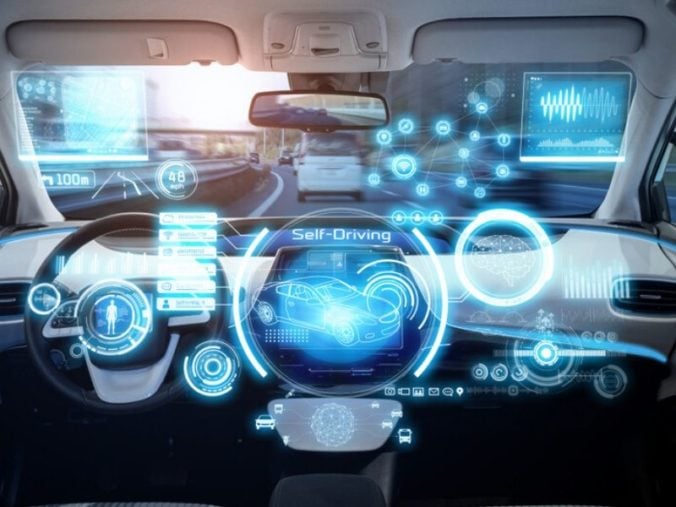What Are Semiconductors?
Semiconductors are materials that possess electrical conductivity that is between that of conductors and insulators. They are not good conductors nor are they good insulators, but rather exist somewhere in between the two. Semiconductors have become an essential part of electronic and computer systems due to their unique electrical properties. In this article, we will discuss the role that semiconductors play in computer systems and what else there is to know about them.
How Are They Used?
Semiconductors are used in computer systems in the form of microchips and transistors. A microchip is a tiny semiconductor that contains many electronic circuits and is used to store and process information. Microchips are used in a wide range of electronic devices, including computers, smartphones, and tablets. Transistors, on the other hand, are used to control the flow of electrical signals in a circuit. They act as switches that can turn a circuit on or off. Transistors are used in computer systems for a variety of purposes, including amplification, logic operations, and memory storage.
How Do They Work?
Semiconductors play a crucial role in the functioning of computer systems. They are used to make a wide range of electronic components, including microprocessors, memory chips, and sensors. Microprocessors are the brains of a computer system and are responsible for executing instructions. Memory chips are used to store data and instructions that the microprocessor needs to execute. Sensors are used to measure various physical properties, such as temperature and pressure, and provide feedback to the microprocessor.
How Are They Made?
The production of semiconductors is a complex and expensive process. The manufacturing process involves several steps, including crystal growth, wafer production, and chip fabrication. The process starts with the growth of a single crystal of semiconductor material, which is then sliced into thin wafers. These wafers are then processed to create the electronic components. As a result of the complex and expensive manufacturing process, the cost of semiconductors can be high. The industry is also subject to fluctuations in supply and demand, which can impact the availability and pricing of semiconductors.
The Science Behind Semiconductors
Moore’s Law is a principle that has had a significant impact on the semiconductor industry. The law states that the number of transistors on a microchip doubles every two years. This has led to a rapid increase in the power and speed of computer systems over the years. The law has held true for several decades, but there are concerns that it may be reaching its limits as the size of transistors approaches the atomic scale.
In conclusion, semiconductors play a critical role in modern computer systems. They are used to make a wide range of electronic components, including microprocessors and memory chips. The production of semiconductors is a complex and expensive process, and the industry is subject to fluctuations in supply and demand. Semiconductors in computer systems are also subject to Moore’s Law, which has led to a rapid increase in the power and speed of computer systems over the years. For more information, please refer to the reference links provided.



